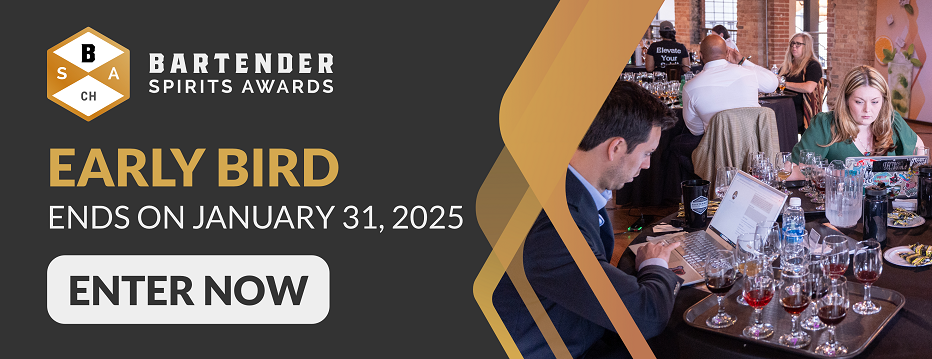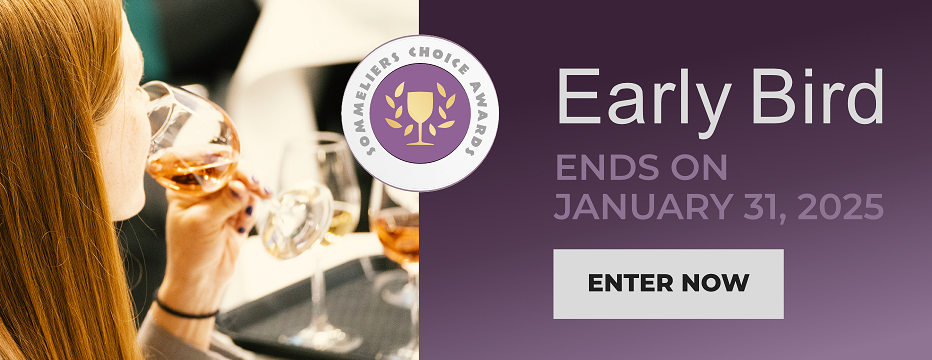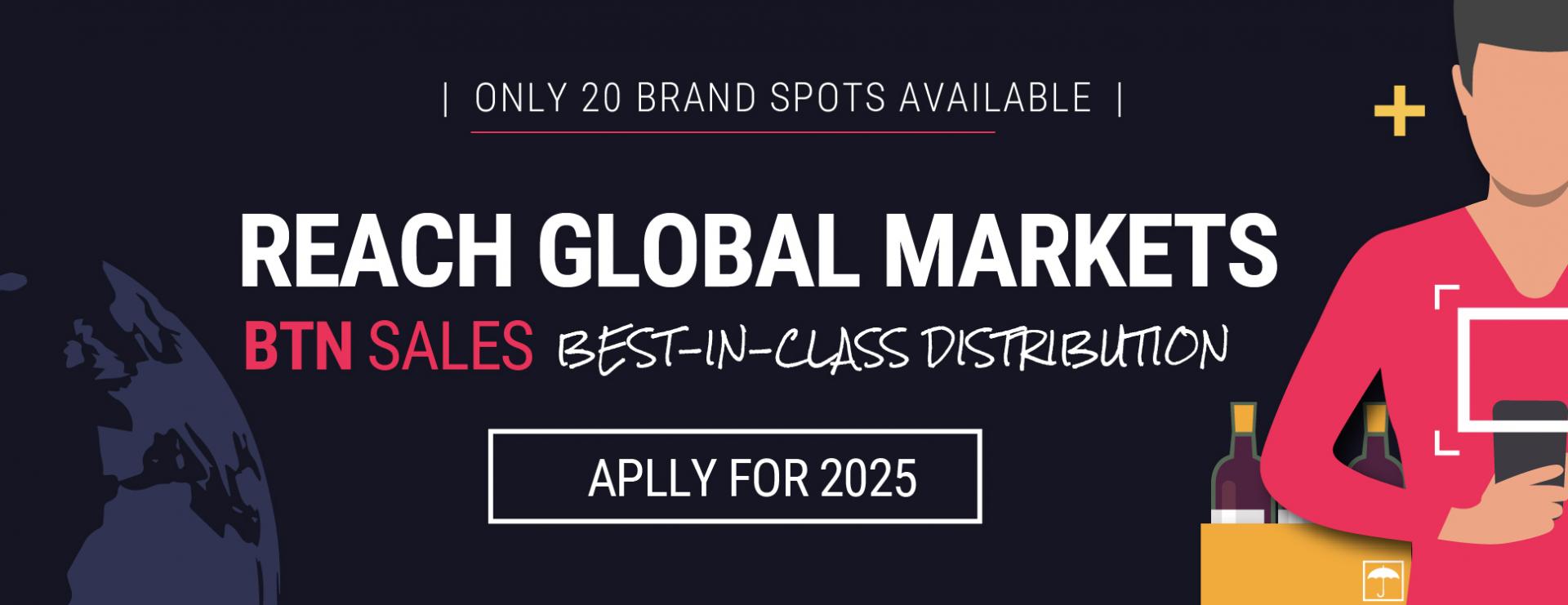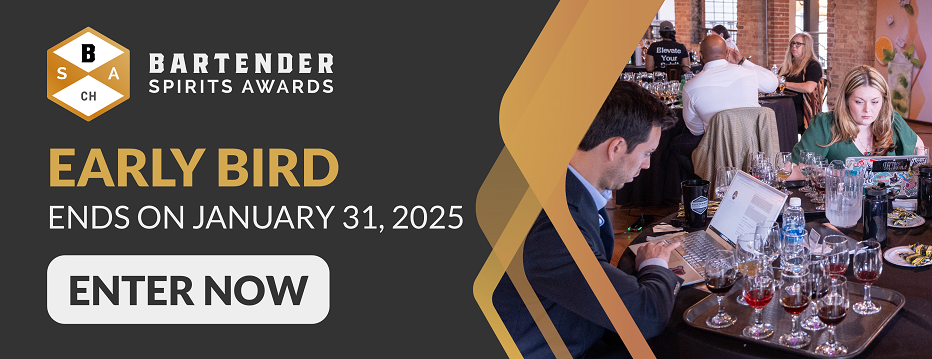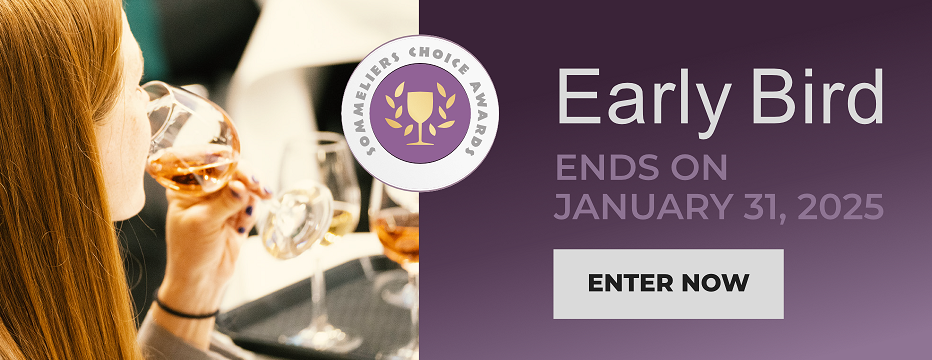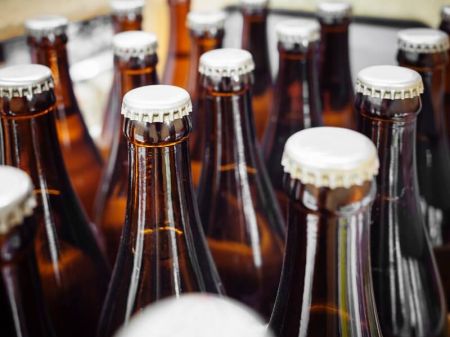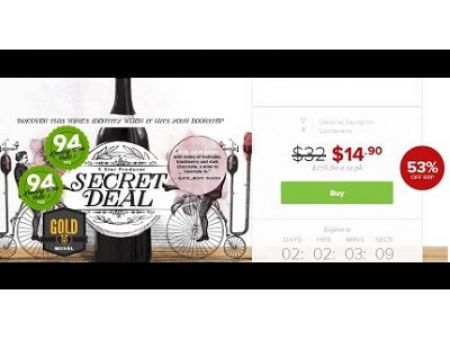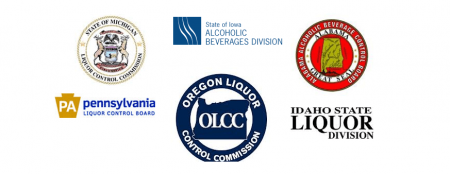Sommeliers Choice Awards 2024 Winners
From Vine to Vision: Insights from the Washington State Wine Commission
A conversation on terroir, trends, and tomorrow for Washington Wine
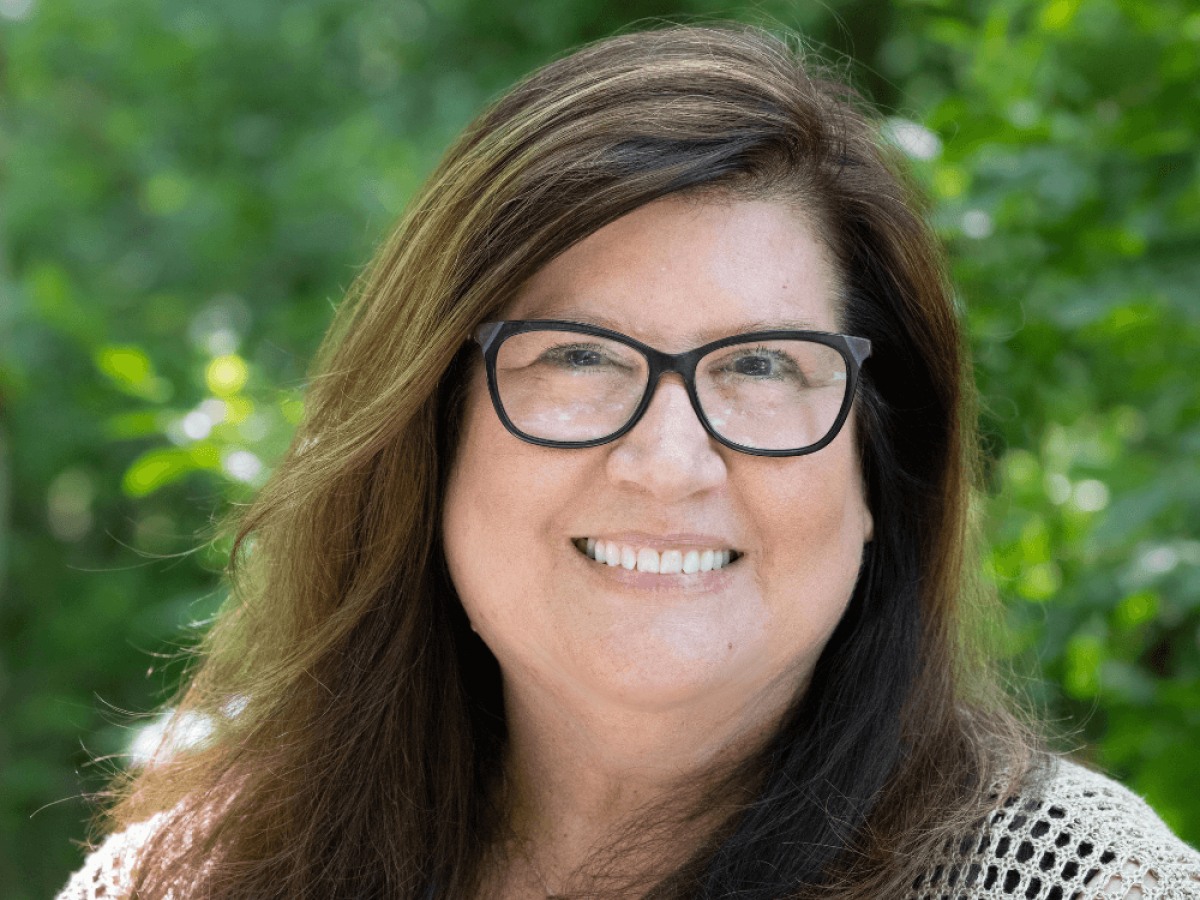
Washington State has become a renowned name in the world of wine, celebrated not only for the quality of its wines but also for the unique geography and climate that shape its signature styles. Led by the Washington State Wine Commission, the industry is gaining international attention for its bold and balanced expressions of Cabernet Sauvignon, Syrah, and Merlot. With Executive Director Kristina Kelley at the helm, the Commission is sharpening its focus on what makes Washington distinct: a combination of high diurnal shifts, volcanic soils, and rain-shadowed valleys that yield wines of exceptional complexity and depth. In this interview, Kelley shares how the Commission leverages these assets to tell Washington’s wine story worldwide, navigates market challenges, and champions sustainability. Her insights reveal a strategic, resilient approach that ensures Washington’s wines reach tables across the globe.
Washington’s unique climate—with high diurnal shifts and minimal rainfall in key AVAs—has become central to its signature grape profiles. Could you share how the Commission is leveraging this distinctiveness in its marketing and branding efforts, especially for varietals like Cabernet Sauvignon, Syrah, and Merlot, which have put Washington on the map?
Washington’s climate and geology are everything! Put simply, long days, cool nights, rain shadow effects, and diurnal shifts, along with our volcanic soils and the mighty Columbia River, are why we can grow world-class grapes and produce world-class wine. This is the beginning of the very distinctive Washington story and the foundation on which every supporting story sits.

Image: Waterbrook & Browne Family Vineyard, Walla Walla Valley - courtesy of Andrea Johnson Photography.
Washington’s most recent harvest showed a marked reduction in tonnage compared to the 2016 record. How is the Commission addressing the challenges or opportunities presented by fluctuating harvest yields, and what impact do these shifts have on long-term strategies for Washington’s wine reputation?
The global wine industry is experiencing an oversupply situation, and Washington is no exception. Our industry is working to balance supply.
The Washington State Wine Commission is funded through grape and wine assessments, and therefore, our budget changes alongside industry and market shifts every year. We have experience adjusting our budget and will remain agile to prioritize work that drives the growth of Washington wine.
Washington Wine's reputation isn't based on production numbers but on the quality we offer across the board at every price point. We recently ran an analysis that found that 80% of Washington wines rated by top wine publications in the past year scored 90+ points.
The Washington wine industry has a long history of being creative, collaborative, and resilient, and we will continue to work together to find new ways to reach the next generation of consumers.
With 90% of Washington wineries producing under 5,000 cases, boutique operations are vital to Washington’s wine identity. How does the Commission balance promoting smaller wineries while supporting the scalability of the state’s larger producers, especially when marketing to national and international audiences?
The Washington State Wine Commission represents all wineries and growers in the state. Our events and programs are typically open to everybody, and we encourage wide participation. Our largest consumer event, Taste Washington, is open for winery registration on a first-come, first-served basis, regardless of size. During our two wine months, we send out toolkits that wineries can utilize in many different ways depending on their size, scope, and customer base—everything from social messaging to point-of-sale collateral to activation examples and more.
When we activate outside of the Pacific Northwest, we generally partner with wineries that have distribution nationally or are looking to gain distribution internationally.
All of our wineries and vineyards are part of the WA Wine story, and we work to find a balance depending on the program and audience.

Image: Taste Washington - The Grand Tasting, Seattle.
Sustainability has become a key part of Washington wine’s appeal, especially with programs like Sustainable WA. Can you discuss the impact and growth of these initiatives, and how the Commission is helping growers and producers integrate sustainable practices to enhance both environmental responsibility and wine quality?
Sustainable farming has long been part of our DNA here in Washington. In 2022, our industry collectively took a huge step forward with the launch of our statewide certification program, Sustainable WA. This rigorous, third-party certification ensures the industry will be environmentally sound, socially equitable, and economically viable for generations to come.
Certified sustainability is vital to the health and vitality of our industry, especially as younger consumers gravitate toward sustainable products. We're very proud that a third of our vineyard acreage is in the Sustainable WA program, and we look forward to seeing more Sustainable WA-labeled wines out in the world.

Image: Red Mt. AVA, courtesy of Andrea Johnson Photography.
Washington’s diurnal temperature variation contributes significantly to the balance and complexity of its wines. Are there specific AVAs or varieties where you’re seeing particularly exciting results from this climate characteristic?
Washington has some of the most dramatic daily temperature fluctuations of any wine region worldwide. During the growing season, this diurnal shift ranges from 35 to as much as 47 degrees between daytime high and nighttime low temperatures. The warm temperatures ripen the fruit, and then the rapid cooling helps to preserve natural acidity, creating near-perfect conditions for growing wine grapes.
This diurnal shift is a hallmark of the Columbia Valley, which encompasses 99% of the winegrape acreage in Washington. Though we are home to 21 distinct growing areas, the majority of our fruit is grown within the Columbia Valley and its sub-AVAs, and the diurnal shift is common across these vineyards.
Washington is home to over 80 grape varieties, reflecting a growing diversity beyond its core red and white staples. How is the Commission promoting this varietal expansion—such as Albariño, Grenache, and Petit Verdot—to differentiate Washington wines in competitive markets?
Washington is home to more than 80 grape varieties, but the top seven varieties make up nearly 90 percent of the wine produced in the state each year. We focus on our driver varieties in messaging and outreach efforts but view our diversity as a strength and a way to show off the range of what we can produce. We love showing small-lot wines to trade and media to reinforce our culture of innovation and experimentation.
With such a strong in-state presence and economic impact, what are the Commission’s top priorities for expanding Washington’s recognition in markets like Europe and Asia? Are there specific campaigns or partnerships in place to grow the international profile of Washington wines?
Washington wines have a strong domestic reputation; expanding globally is essential to establishing Washington as a world-class wine region. Our top priority is educating international trade and consumers about Washington's unique terroir, varietals, and sustainable practices—key elements that set our wines apart.
We work with local partners in our selected target markets to create tailored strategies. These include planning inbound trade missions that give international wine professionals a firsthand experience of Washington and build lifelong ambassadors for our wines. We also collaborate with the Oregon Wine Board to host in-market international events celebrating the unique culture of the Pacific Northwest.
Finally, we highlight Washington’s commitment to sustainability and innovation, appealing to eco-conscious consumers in markets like Japan and the Nordics, which helps us stand out on the global stage.
Contributing over $9.5 billion annually to the state’s economy, Washington wine clearly plays a pivotal economic role. Beyond marketing, how does the Commission envision further integrating wine into Washington’s cultural fabric, perhaps by collaborating with tourism or culinary sectors?
We believe wine is an integral part of Washington's culture, and we regularly collaborate with tourism partners, including State of Washington Tourism and Destination Marketing organizations around the state, to weave wine into the greater Washington story.
One of our key initiatives is hosting inbound tours, as we know that the best way to promote our beautiful state is to show it off in person. In September, we hosted 57 influential members of the wine trade from 23 states for a Washington Wine Road Trip, an immersive experience through our wine country. We host trade and media groups for highly individualized trips throughout the year showcasing our vineyards, wineries, and the larger community.

Image: Washington Wine Road Trip. Image source: Washington State Wine Commission.
The WSU Wine Science Center has positioned Washington as a hub for viticulture research. What recent research initiatives have you found especially impactful, and how does the Commission leverage this knowledge to support the industry’s evolution and resilience?
The WSU Wine Science Center, a state-of-the-art viticulture and enology teaching and research facility, allows research to be conducted from berry to bottle. A major thrust of current research is to develop tools for the industry to help mitigate any impact from smoke exposure. Another area we focus on is sustainability. We are collaborating on research to develop new tools for growers in the areas of pest management, weed control, and a better understanding of soil health. Two examples include studying a sex pheromone to control grape mealybug, a small insect that can spread a debilitating virus through the vineyard, and using ultra-violet C rays on grapevines to control powdery mildew. These research projects also support the industry's new sustainable certification program. The WSWC works closely with Washington State University scientists to share new learnings with the industry through various venues, from research-focused newsletters, seminars, webinars, and workshops to help growers and winemakers implement research outcomes.
[[relatedPurchasesItems-61]]
As the Commission works toward its vision of “Washington Wine on every table,” what milestones or benchmarks are you aiming to achieve over the next five years? How do you foresee shifts in consumer preferences—such as sustainability and premiumization—impacting this vision?
Overall, we will focus on growing dollar share rather than volume share. We'll also tell stories about our community and create connections for the next generation of consumers.
Above all else, we will continue to make data-driven decisions to inform our work. We understand that benchmarks may continue to evolve, and we will remain nimble to evolve our initiatives and tactics to best support our industry. A big part of this is continuing to work with partners to help us understand changing consumer preferences. Given our overall diversity and quality at every price point, we are well-poised to deliver here. We’re optimistic about the future!

Image: Winners from Washington State at the 2024 Sommeliers Choice Awards: (L-R) Rattlesnake Hills AVA 2018 Sidewinder Syrah, 2020 Olsen Vineyard Petit Verdot Yakima Valley and 2022 Unleashed Sparkling Rose Columbia Valley.
Conclusion:
The Washington State Wine Commission continues to celebrate Washington’s distinctive terroir while embracing a vision for broader recognition. By driving sustainability, supporting both boutique wineries and large-scale producers, and staying agile in a shifting global market, Washington Wine is well-prepared to meet the evolving preferences of consumers. With Washington's wines already recognized for quality and diversity, the Commission's commitment to growth signals a promising future. As Kelley and her team work towards realizing their vision of “Washington Wine on every table,” they remain rooted in the strength of their terroir and the collaborative spirit that defines Washington’s wine community.
In conversation with Malvika Patel, Editor and VP, Beverage Trade Network
Also Read:
Scott Osborn’s Vision for WineAmerica and the Future of U.S. Wine Sustainability
Wine Trade Association Profile: The Current State of “Oregon Wine”
Sam Filler: Leading NY's Wine & Grape Excellence

